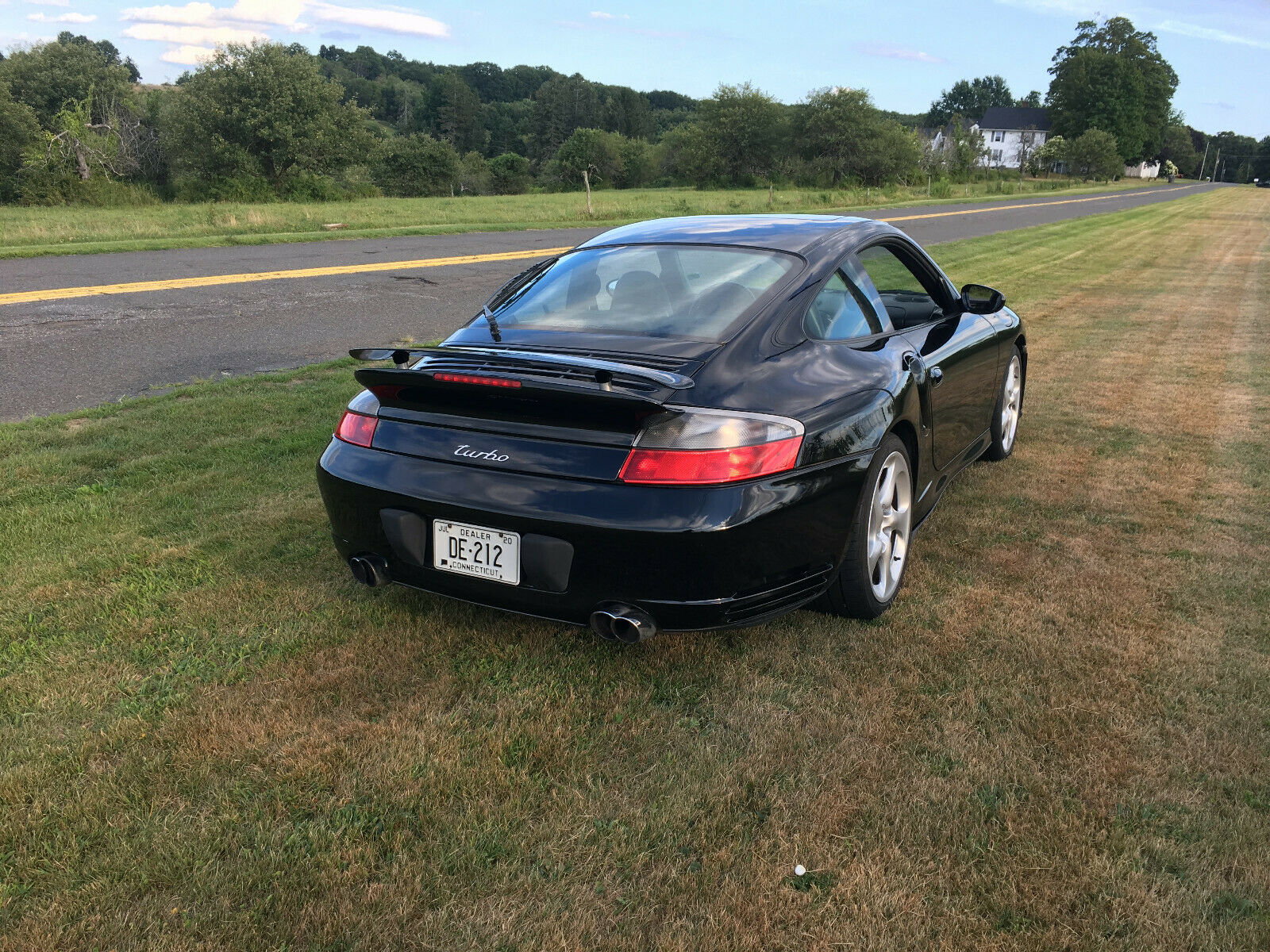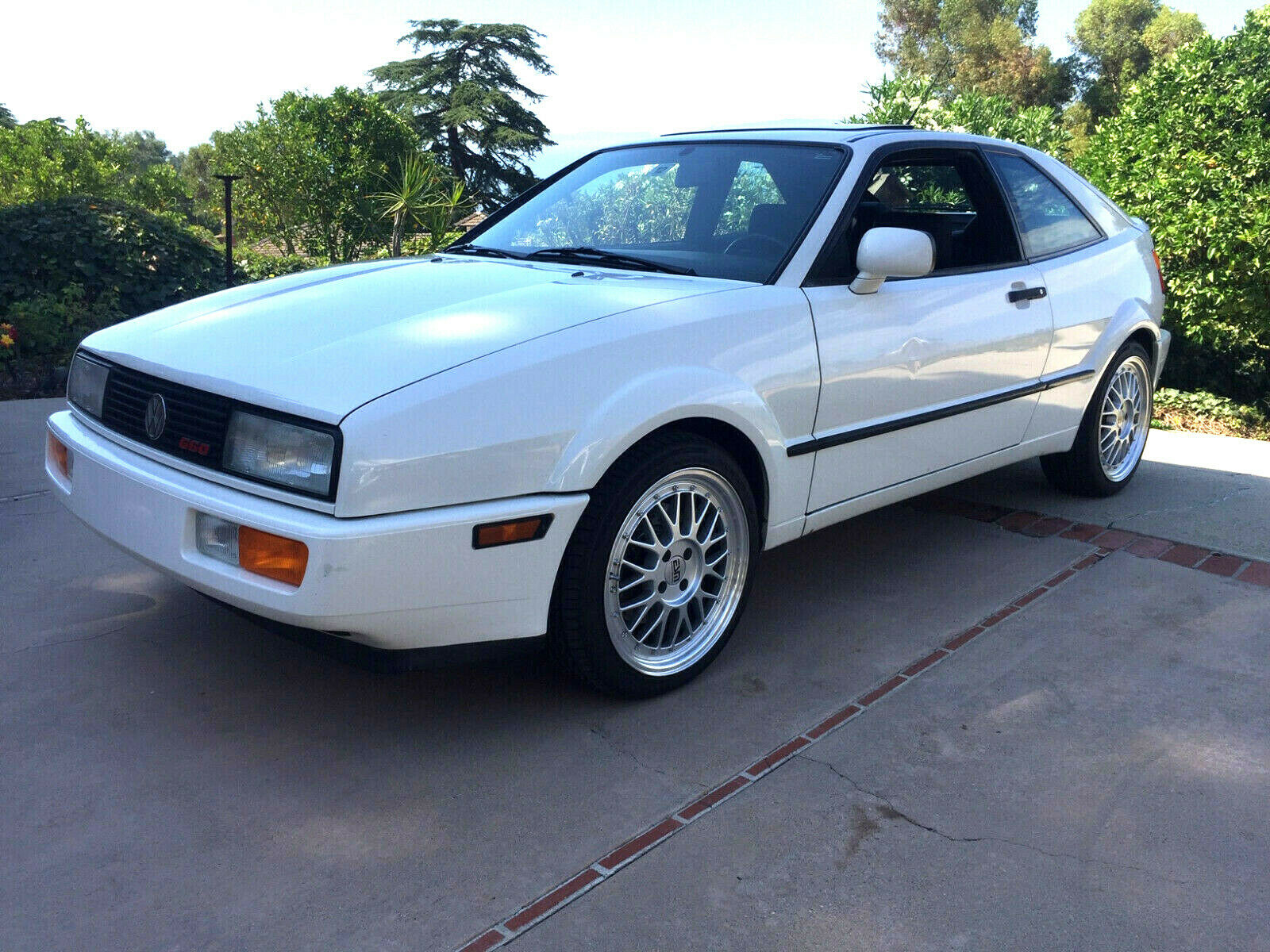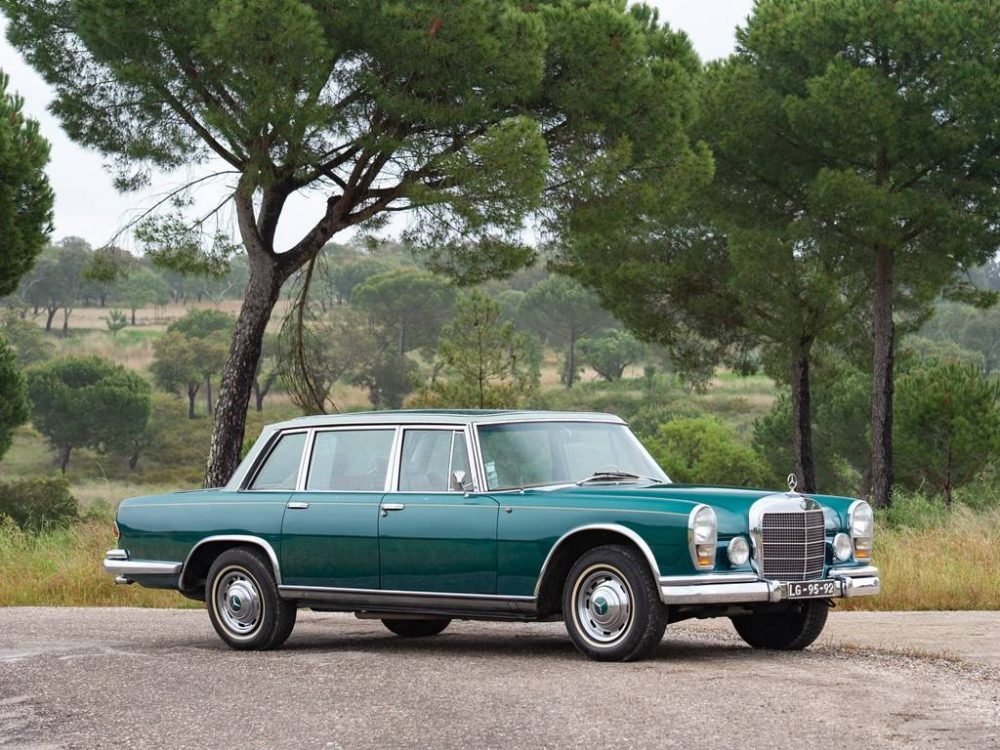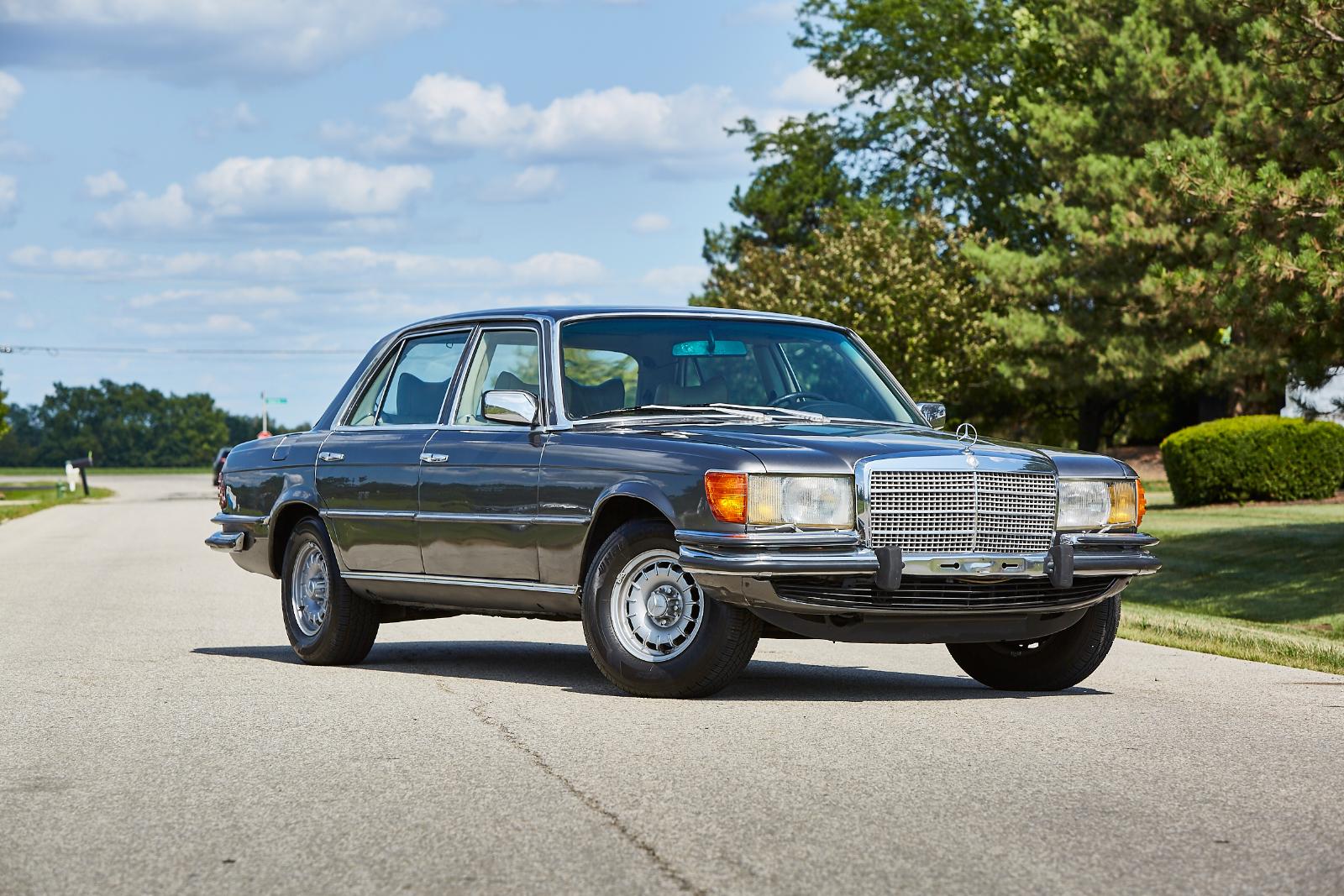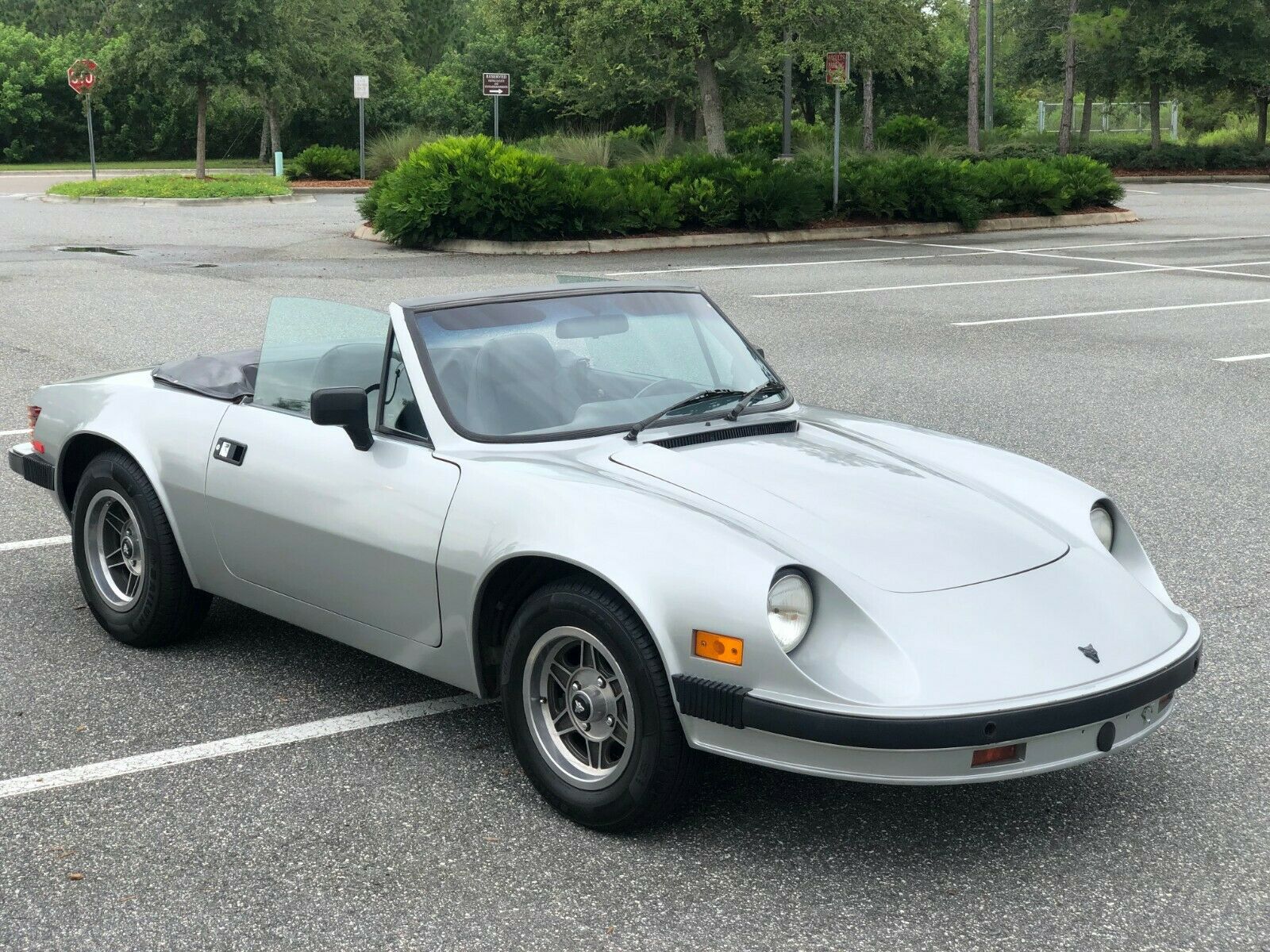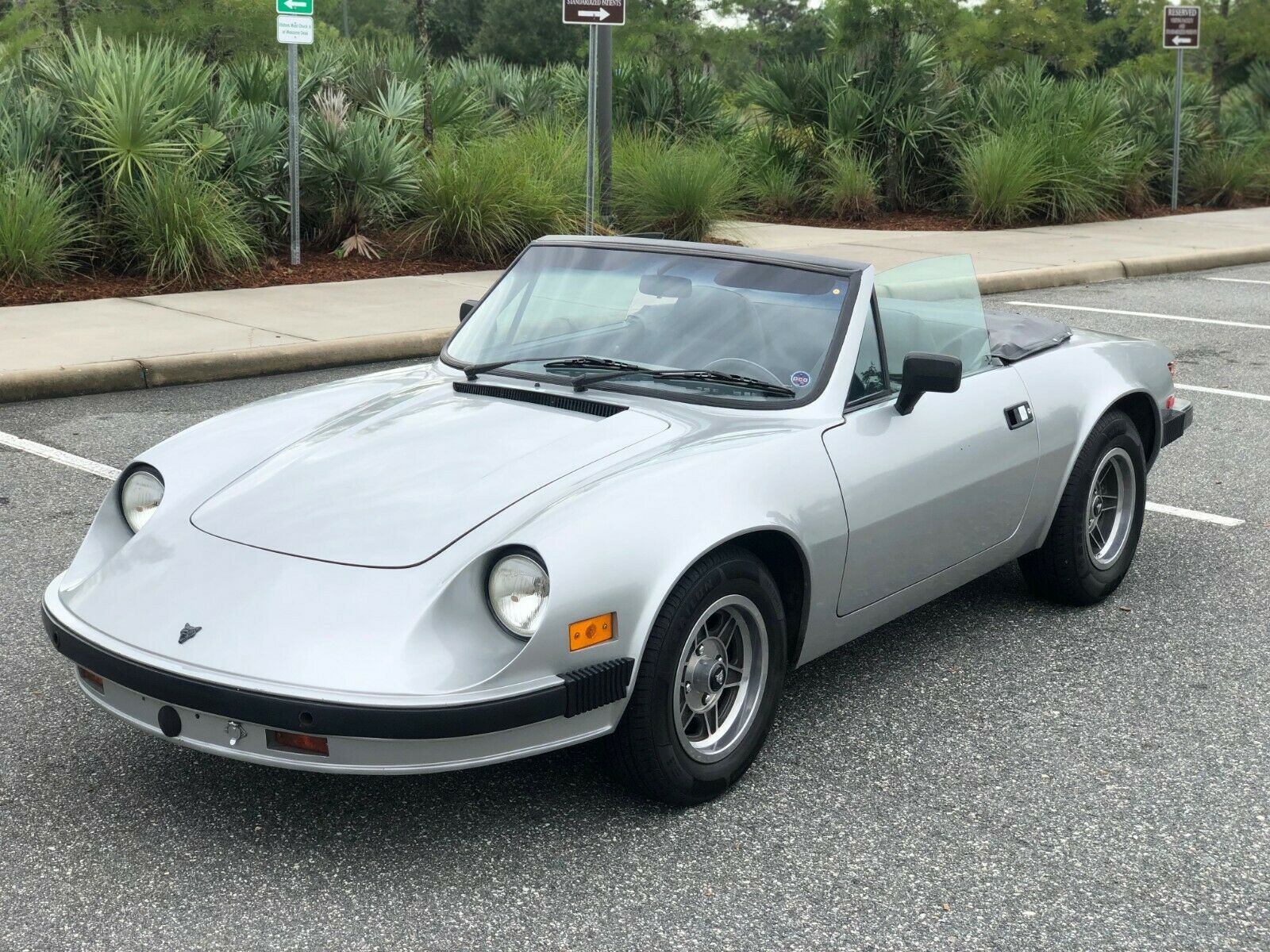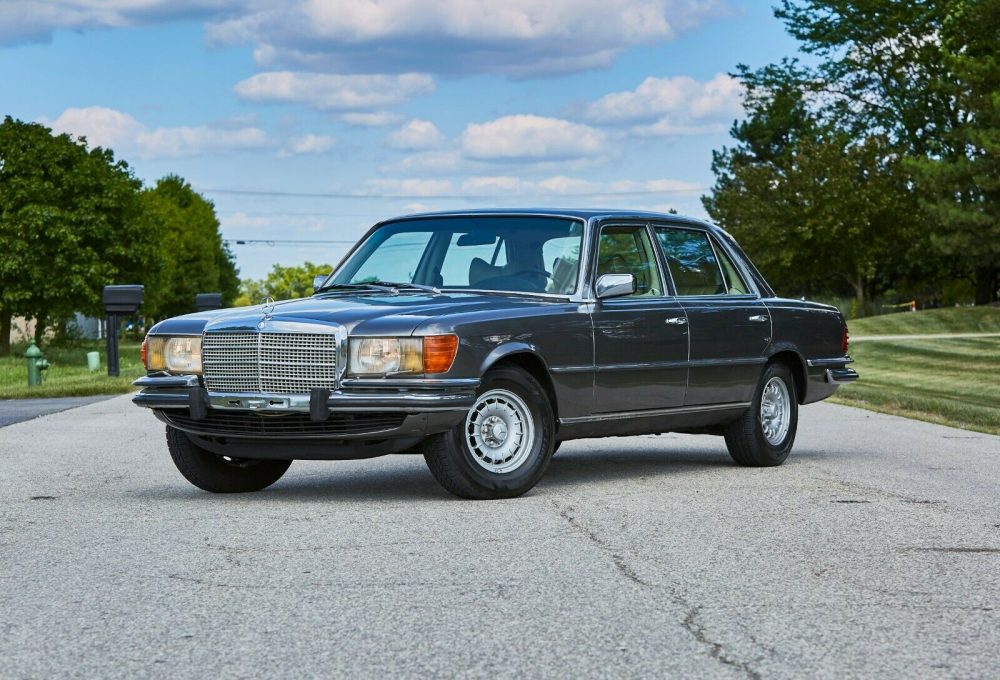
The holy trinity of M100-powered Mercedes-Benz cars, the 600, 300SEL 6.3, and 450SEL 6.9, are not for the causal or faint of heart owners. The buy-in is expensive, the parts are expensive, the labor is expensive, everything is expensive. These are not cars you can stick in the corner of the garage under a cover with a battery tender hooked up only to drive it once a month, if that. They all use extremely complicated suspension systems that will leave you weeping if you walk out in the garage and see the car suddenly resting on its rocker panels. Despite support from the Mercedes-Benz Classic Center, lots of parts have been no longer available for many years and aren’t coming back, so your only hope it to pray that it doesn’t break and if it does, hope it can be rebuilt. There is a very small, but passionate group of owners of these cars in the M100 club, but their membership is decreasing as the years going on as younger generations aren’t interested in spending sometimes five-figures for routine repairs on these cars.
If you are brave enough to dip your toe into the world of dry-sump engine lubrication and doors heavy enough to slice your fingers clean off if they get caught in them, then the 450SEL 6.9 is where you want to start. Full disclosure, I own a W116 chassis, in non-6.9 trim, so I am a bit biased on these, but also extremely realistic as I’ve worked on a 6.9 extensively and lived to tell about. The hydraulic suspension system is sturdy, but again, very pricey if something goes wrong, and the same can be said for the 6.9 engine itself. The non-6.9 bits are some of the best materials you could ever ask for in a car, sans the god-forsaken US-spec HVAC, so it is for sure a give and take situation. Buy a well-sorted example and stay diligent with the maintenance, it won’t be so bad. However, buy a project and have fun explaining to your wife and kids why Santa won’t be visiting your house this year. Thankfully the car I’m looking at today, a rare European-spec 1977, looks to have all the major things looked after and is it relatively good health. The thing is, I don’t think the owner wants to let go of it. At least for not what I think it is worth.
